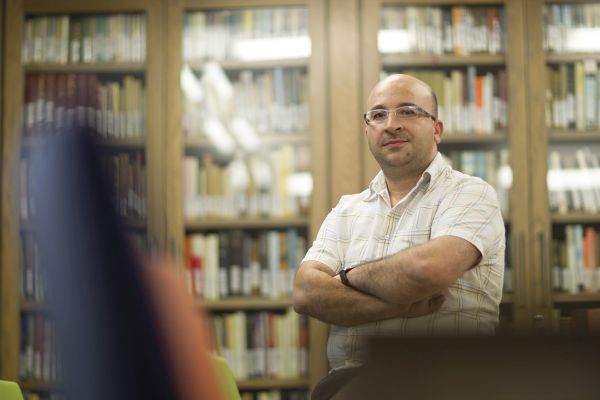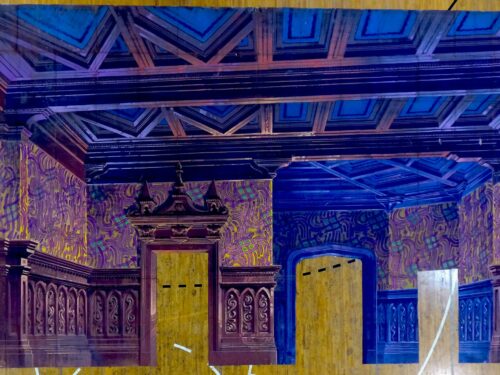
Discovering the historiographical, grammatical, and lexicographical value of one of our most illustrious scholars.
Looking up mnarja in a modern dictionary such as Aquilina’s, one finds the short definition: “Feast of St Peter and Paul celebrated with great pomp in the Cathedral of Mdina.”
But it takes Malta’s prolific eighteenth century writer, Gian Frangisk Agius de Soldanis, 570 words to explain that the Maltese used to go to Buskett to celebrate this feast and that, when the painter Favray captured the merriment of the peasants in a painting he executed on the spot.
De Soldanis completed his Damma tal-Kliem Kartaginiz around 1736, but the work is still in manuscript form and awaits publication. Now the Department of Maltese is in the final stages of preparing this dictionary for publication.
The first volume is 1032 pages long: it lists Maltese words whose meaning is given in Italian and Latin and it should finally be published by next year.
Two graduates from the Department of Maltese, Rosabelle Carabott and Joanne Trevisan, transcribed the work under the supervision of Department staff.

This work was only made possible through the generous help of the National Library and the National Council for the Maltese Language. The same Council for the Maltese Language together with Heritage Malta are financing the publication. However the Department of Maltese also sought, and obtained, financial assistance from communications agency BPC International, through the Research Trust to alleviate part of the financial burden.





